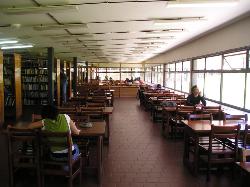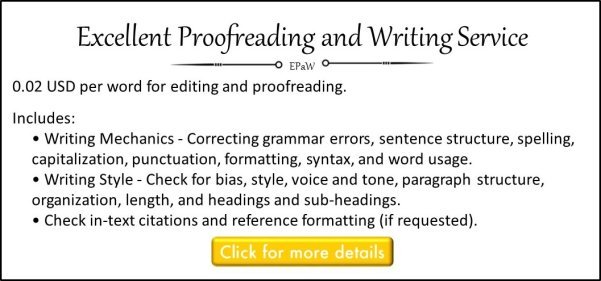IELTS Academic Writing
The IELTS writing exam is split into two parts: the IELTS academic writing part and the general writing part. You only take one (not both).
Which you take depends on why you’re taking the IELTS exam in the first place. The academic part is taken by people who are applying to study at a university in an English speaking country or who need to demonstrate their ability to deal with technical writing.
When doing academic writing for the IELTS exam you’ll have an hour, the same as if you were taking the general IELTS writing section. There’ll also be two separate tasks for you to complete:
- Task 1 – Write a 150 word (minimum) summary of a table, chart or diagram.
- Task 2 – Write a 250 word (minimum) essay in response to a given statement or question.

In the next couple of sections I’ll give some tips about how to do well at both tasks. But there are some points that you should remember when answering both parts.
- Write clearly – The examiner marking your writing needs to be able to understand the point you’re making straight away. So write as clearly and directly as possible. Use words that you know the meaning of and are confident have been used correctly.
- Write formally – This is the academic writing section of the IELTS exam, so write in an academic style. That means you’re writing needs to be formal. Don’t use contractions or slang terms.
- Write concisely – There isn’t much time to write both tasks, just 1 hour. So you need to be able to answer the questions fully using just over the minimum amount of words needed. If you write too much for one task you won’t have time to complete the other task.

IELTS Academic Writing Task 1
In the IELTS report you need to write a minimum of 150 words while describing a table, chart or diagram, a figure of some sort, given in the test booklet. There might be more than one figure to describe. Alternatively you might need to describe the process that a figure shows.
You should spend about 20 minutes on this task.
To do this:
- State what the chart or diagram shows/what the chart or diagram is about. Do this quickly without using too many words. Include the type of figure, the title of the figure, the dates that the information in the figure covers and the scale used (always state the scale; you lose marks if you don’t).
- Then describe what the figure shows. Don’t ‘analyse’ the figure, just describe what it shows. Does the data start high and then go low? Is there a data point that doesn’t fit with the pattern made by the other points? etc. You don’t need specialized knowledge about the topic of the figure.
- Pay special attention to trends in the presented data.
- Include an appropriate level of detail about the actual numbers presented in the figure(s). If there is just one basic figure you’ll need to write about nearly all the data; however, if there are 2 or more figure with lots of data, just pick some numbers to quote in the description.

IELTS Academic Writing Task 2
In the second academic wiring task, the IELTS essay, you’ll need to write a 250 word essay on a topic given. You’ll need to answer the question often by arguing one side of an argument, comparing two ideas or stating a solution to a problem.
You should spend 40 minutes on this task.
Remember to:
- Use paragraphs when writing.
- Have a clear introduction.
- Several main points.
- Then a final conclusion.

Do You Need Help with your IELTS Academic Writing?
The only way to get better at the academic wiring tasks for the IELTS exam is to practice. You need to do the task, under realistic time limits, and then have them marked by an experienced ESL teacher. A good IELTS tutor or teacher will be able to identify your mistakes and teach you how to get better.
If you’d like the experienced team at Excellent Proofreading and Writing to help you get better at doing academic writing for IELTS you can go to the page about our IELTS writing correction service to find out the details.
Alternatively go to the Excellent Proofreading and Writing Facebook page where you can ask any questions you’ve got.

Return to IELTS Writing from IELTS Academic Writing
Return to Excellent Proofreading and Writing Homepage from IELTS Academic Writing



By Jolyon Dodgson, copyright © 2011-2020.
Excellent-Proofreading-and-Writing.com - Proofreading and writing help for excellent first impressions.





New! Comments
Have your say about what you just read! Leave me a comment in the box below.